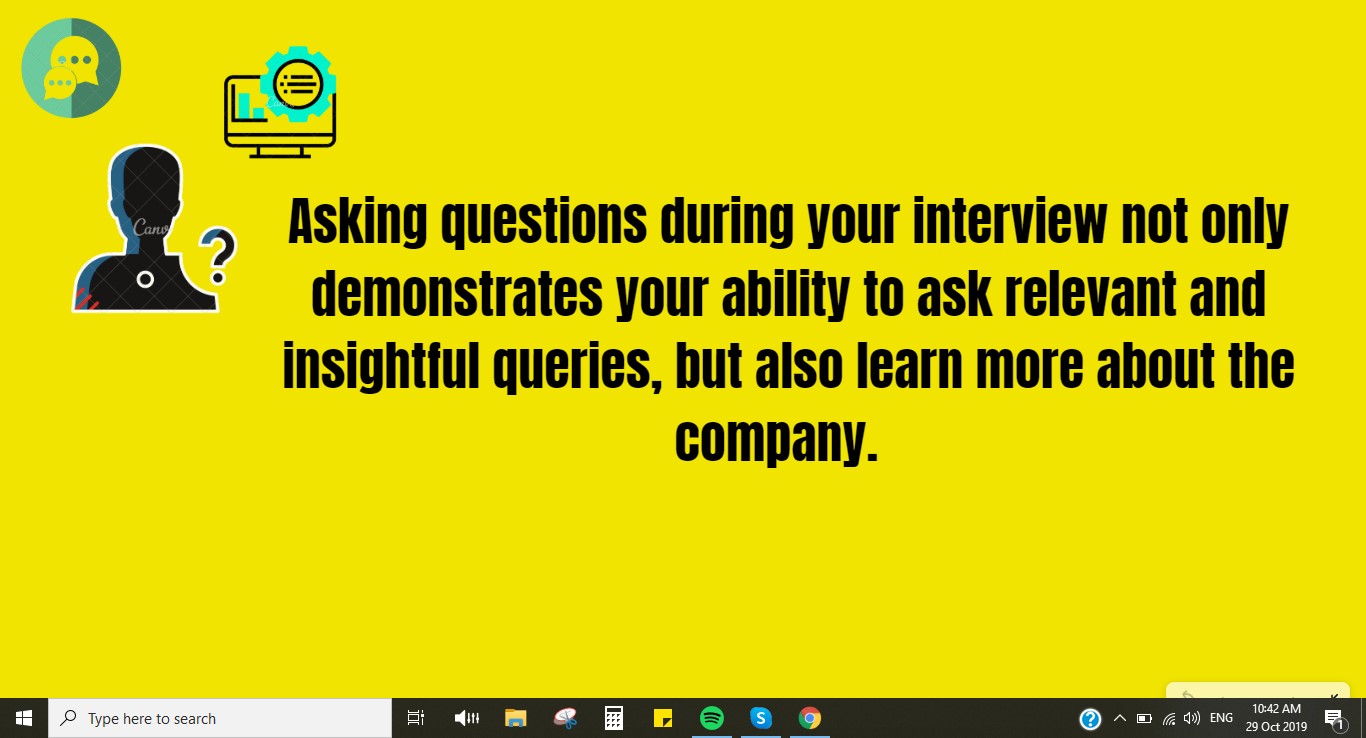Back To Basics: Excellent Elicitation
Elicitation is a core business analysis skill, and one that BAs typically utilize daily. It is easy to fall into the trap of thinking that elicitation is so basic that it doesn’t warrant talking about. Yet, just because it is a core skill doesn’t mean it’s easy, and it certainly doesn’t mean it’s unimportant. Not only this, but elicitation usually involves working with stakeholders, and whenever people are involved there can be inadvertent conflict and contradiction. Achieving clarity is rarely easy! In this article, I’ll address three perspectives of elicitation that you might find useful.
Elicitation As A “Trawling” Activity
In their book Mastering the Requirements Process, James and Suzanne Robertson use the metaphor of trawling to describe elicitation. The idea is, much like a fishing boat with a net trawls for fish, an analyst ‘trawls’ a business area for relevant pieces of information.
Ever since I first heard this metaphor I’ve liked it. Building on the Robertsons’ work and extending the metaphor, we might also say:
- Where you trawl matters: If you trawl in an area with no fish, you’ll end up with an empty net. The same is true of requirements—ask the ‘wrong’ people and you’ll get very little.
- The type of net matters: I’d imagine that the type and size of fish you are trying to catch will affect the type of net used. There’s a comparison here with elicitation—the techniques need to vary depending on the context and the types of requirements that you’re looking for. Detailed observation might yield very in-depth requirements, so might be considered a ‘small net’. A high-level conversation with an executive might yield high level outcomes and be considered a ‘big net’. Both are important, but it’s important to know which you are looking for.
- There will always be stuff to throw back: Sometimes, it’s tempting to plan elicitation activity in a straightforward, linear way. As if you’ll be able to speak to person A, person B, do some observation and then everything is done. Of course, it never works exactly like that, as people will throw in curve-balls, there’ll be discussions which take you in unknown directions and so forth. I suppose this is a bit like trawling for fish: there will always be some fish to throw back if they are too small, too big, or the wrong type. In requirements terms, this shows that elicitation and analysis go hand in hand. As soon as elicitation starts, there will be filtering and prioritization happening.
- Ethics should be built in to the process: I gather that fishing boats may throw back fish that are endangered, or are below a certain size. In terms of requirements, there is perhaps a lesson for us as analysts: If we come across a requirement that we believe is unethical, we should question it. This might sound like an odd thing to say, after all, who would raise an unethical requirement? Yet, with proposed technological transformation there might be an underrepresented group that is disproportionately affected, and perhaps this hadn’t been considered. It might be that the requirement owner had never considered the ethical consequences, and is very happy to amend or remove it once they think about the broader unintended consequences.
Advertisement
Elicitation Relies On Stakeholder Analysis
Much as elicitation and analysis are inextricably connected, there is a clear dependency on stakeholder analysis. Sometimes we might be led to believe that stakeholder analysis is a frivolous activity, after all, who has time to sit down and create stakeholder lists and models? Yet, the reality is that it’s one of those activities that will likely save time in the future.
I can still vividly remember a time, very early in my business analysis career, when I was assured that a particular project I was working on didn’t require compliance sign-off. I took this at face value, didn’t do any further stakeholder analysis and went ahead. Cutting a long story short, we got to testing and found that we absolutely did need compliance sign off. That was a scary revelation, but luckily our compliance colleagues were friendly and pragmatic. With some late nights and minor changes we got the project over the line. But for me, it was a lesson learned: Proper stakeholder analysis could have avoided it entirely.
I’m a particular fan of the stakeholder rainbow, and the stakeholder interest intensity index. I discussed a number of stakeholder techniques in a presentation that’s available on YouTube, feel free to check that out if you’d like to know more!
Context And Scope Matter
Finally, it’s worth noting that elicitation which doesn’t consider context and scope is really just a Santa’s wishlist. Imagine asking everyone in an organization “what is it you want?” or “what could save you time?”. You’ll get lots of ideas, many of them actionable, but you won’t get a coherent set of ideas.
This probably sounds so obvious, but it’s an easy trap to fall into. As analysts, it’s easy to be so familiar with the scope and context of a project that we assume everyone knows it. Yet that’s rarely the case, so spending a few moments to outline the core objectives and outcomes can really help.
This also highlights another key point: It’s absolutely crucial to understand the business objectives and outcomes being sought. Trying to elicit and prioritize without knowing the outcomes is virtually impossible. How can anyone say requirement A is in scope (or not), and whether it’s more important than requirement B if there’s no clear agreement over the ultimate outcomes being sought?
Conclusion: Shine The Light On Elicitation
It’s easy, particularly as an experienced practitioner, to let elicitation become second nature. That is completely natural. But perhaps it is worth spending time now and again reflecting on how we elicit and whether it is still effective. Although it might not be a headline-grabbing topic, elicitation is absolutely crucial to what we all do!







